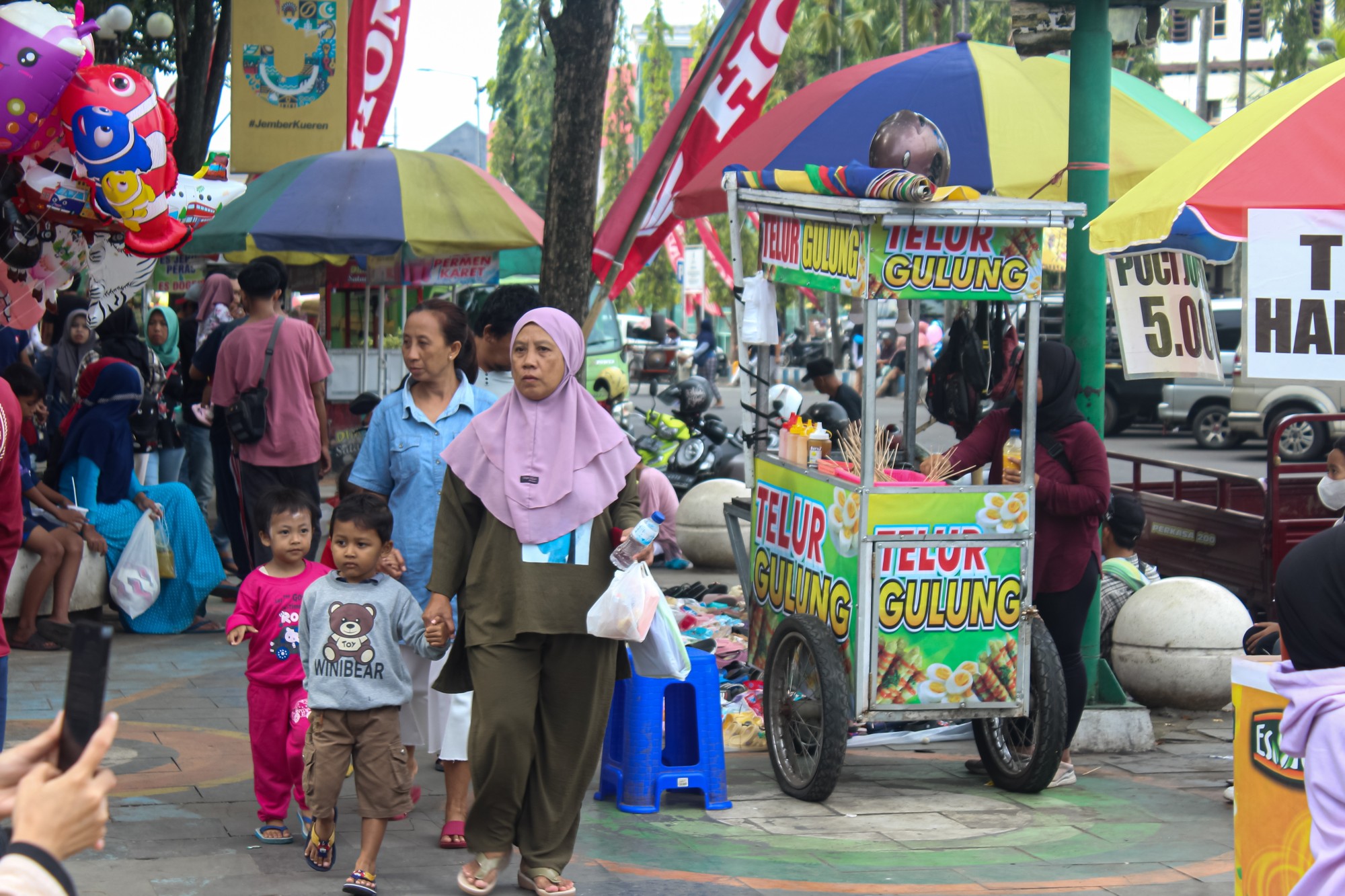
Rich young Asians urged to build culture of giving ‘boldly’ to tackle climate change, inequality
- Philanthropy can help plug gaps exacerbated by the pandemic, with the younger generation more conscious about being part of the solution, speakers at Asia’s largest philanthropic gathering said
- Asia’s scions have the potential to drive real change and make investments that create a net positive social impact, they added
The focus on social impact comes during a golden era of wealth creation across Asia – mirrored by widening inequality which has been exacerbated by the pandemic.
‘Extreme weather events’: Asia set for supercharged heat as El Nino looms
The number of US-dollar millionaires in Asia is poised to double to nearly 80 million by the end of the decade, according to a 2022 report by HSBC, outstripping the United States as the global growth pole shifts east.
Philanthropy has the potential to plug some of the gaps.
“We’re seeing the biggest transfer of wealth in human history,” said Tristan Ace, chief programme officer for AVPN, which acts as a gateway to givers and social enterprises across Asia.

But there is a long way to go, experts warn, with an extra US$1.5 trillion per year needed between now and 2030 for the Asia-Pacific to meet the United Nations’ sustainable development goals, and a whopping US$23 trillion investment gap to meet climate goals in the region.
“It is important that philanthropy moves beyond charity and becomes a key mechanism that supports social justice by addressing the root causes,” said Nancy Shukri, Malaysia’s minister of women, family and community development, delivering a speech on Thursday on behalf of Prime Minister Anwar Ibrahim.
“An economy that truly serves humanity is one that embraces social justice, protects the environment and nurtures the well-being of the people. It is an economy that values people over profits.”

Across Asia the ranks of the rich are getting deeper.
This year’s Hurun Rich List said China remained the biggest source of the super-rich with 969 billionaires, ahead of the US with 691 and India a distant third place. The 2022 HSBC study said 13.4 per cent of Singapore’s population was projected to boast millionaire status by 2030, a higher percentage than anywhere in the Asia-Pacific.
But as wealth has slowly leaned eastward since the 2008 financial crash, the chance to future-proof societies and economies is emerging.
“Wealth has grown enormously in Asia, leading wealth holders to engage in social investing, apart from their philanthropy,” said Naina Subberwal Batra, CEO of AVPN.
“Family offices are increasingly pushing their investment advisers to come up with a pipeline of investments that creates a net positive social impact. We aim to inspire and empower a new generation of givers,” she said.
The vision for Asia is to create a culture where “giving is not just a choice, but a shared responsibility for the greater good”, she added.

Giving is being driven by the young inheritors of business empires which have ridden the wave of surging growth. Many of these scions were educated overseas and have had a different window into the stark wealth gap, climate crisis and dug-in poverty of their own regions than their parents and grandparents, experts say.
They have the potential to unleash a torrent of philanthropic cash across Asia, but critics of giving by the super-rich warn it can be a diversion from how the money was made as well as the unequal economic and political systems their influence underpins.
“It’s right that there’s some scepticism,” AVPN’s Ace said. “But these guys want to be part of the solution and already have an infrastructure that exists.”
To drive real change, companies should weave giving into their “core business”, said Shahira Ahmed Bazari, managing director of Yayasan Hasanah.
“In our post-globalised world, we face unprecedented challenges that demand innovative solutions and collective action,” she said.
“Whether it is the far-reaching effects of climate change or economic disparity worsened by the pandemic, we hear the regular rallying cry to embed more sustainable practices in the way we do business as well as live our daily lives.”
